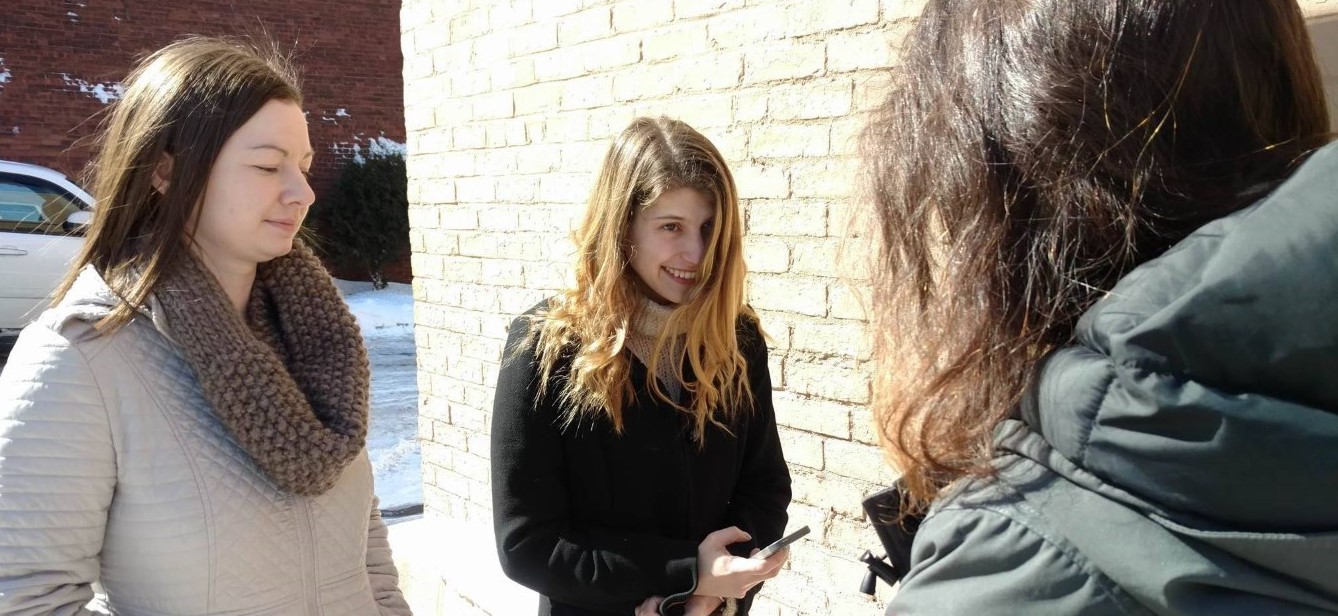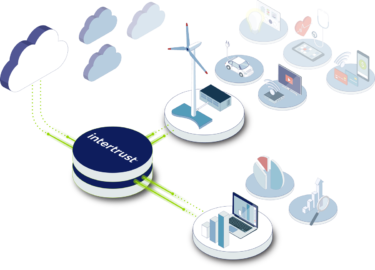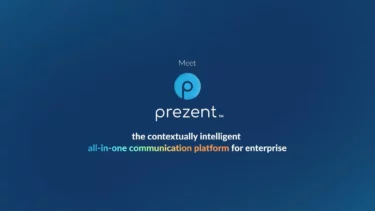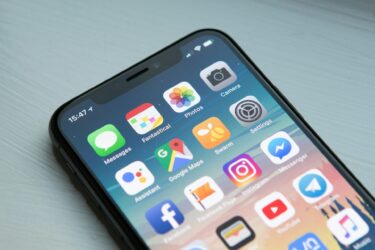Developers are working to help end youth homelessness through open source applications and code to complete a survey on smartphones with youth facing homelessness.
The Connecticut Coalition to End Homelessness (CCEH) partnered with Microsoft to develop a mobile survey on the state of youth homelessness in the state of Connecticut.
The CCEH survey included a statewide count of unstably housed and homeless youth (ages 13-24), and was powered by Microsoft developers.
According to Microsoft’s Real Life Code blog, the app was completed in about two weeks, just in time to start training volunteers for the youth homelessness survey, and it was used by 200 volunteers on iOS and Android, who together collected more than 1,100 surveys over the span of a few days, with no major outages or issues.
Read More: How Microsoft developers use ‘real life code’ to help UN monitor humanitarian crises
The app — We Count — presented a dynamic questionnaire to the volunteer, and walked them through the questions they needed to ask their interviewee.
The app used the device’s location services (GPS and cell triangulation) to locate where the survey took place, and all survey answers were eventually removed from the local device for privacy purposes.

Lisa Tepper Bates, Executive Director at CCEH
“It really helps us to have an app that can run on any smartphone – it makes it easier for volunteers to participate and support this effort,” said CCEH Executive Director Lisa Tepper Bates.
With a population of 3,405,565; youth homelessness in Connecticut counts for about 3,000 individuals or .09% of the state’s population.
According to the CCEH, “Unaccompanied homeless youth are a largely hidden population. Some homeless young people are identified during the annual Point-in-Time Count census of homelessness, but many are missed because they do not access adult emergency shelters or other homeless services.”
The mobile app survey developed by Microsoft and Hartford-based technology services provider Nutmeg Consulting was used by the CCEH to collect the necessary data to better understand homelessness and housing instability among youth in Connecticut, with questions like the one below: “Where did you sleep on Tuesday?”
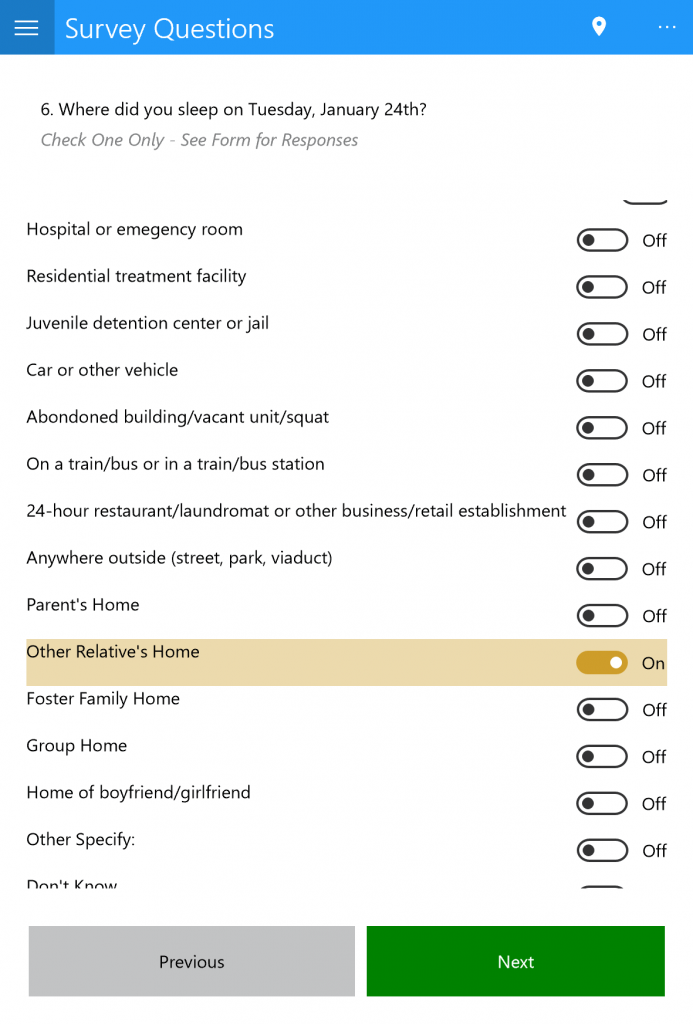
Screenshot of a survey question from Microsoft’s Real Life Code Blog
One of the many difficulties in assessing the state of homelessness among youth is that many young people living on the street were either forced to leave their homes, or they were fleeing some type of domestic abuse. This makes anonymity and privacy a great concern.
The National Center for Housing and Child Welfare states there are between 1 million and 1.7 million homeless youth who have runaway or have been asked to leave their homes.
Without a support system, this may lead one to not trust the system because of past traumas associated with either the family, the State, or the simple fact that they were forced to live on the street where they were left to fend for themselves.
According to the US Department of HHS, 61.8% of homeless youth reported depression, 71.7% reported experiencing major trauma such as physical or sexual abuse, 79.5% experienced symptoms of post-traumatic stress disorder for more than a month.
The National Coalition for the Homeless states that “between 20% and 40% of homeless youth identify as LGBT.”
If you ran away from an abusive home or were kicked out of the house and shamed because of the way you were born, would you want to be found?
All of these factors and more contribute greatly to the difficulty of collecting data for such a questionnaire, but since the CCEH anonymous survey was conducted via a smartphone and not by somebody walking around with a clipboard asking intrusive questions, the homeless youths of Connecticut were more comfortable and open to using mobile technology.
“The idea came up to have the youth count built into a mobile application, which helped us go off and not just count better, but it helped in so many other ways because the youth are more responsive to technology than they are with somebody walking out with a clipboard,” said CCEH Director of HMIS and Strategic Analysis Brian Roccapriore.
“They feel safer about their privacy when they’re entering into a mobile application because they know it just goes away and nobody else can see it.”
You can get the behind the scenes scoop in the video below:
Another cool feature of the app was its parameter settings that catered to each individual and learned from previous responses, so that it could ask more relevant questions.
For example, Microsoft Technical Evangelist Nick Landry elaborated on the questionnaire’s “dynamic flow,” saying, “Of course if a homeless person says they’re male, we’re not going to ask them later if they’re pregnant.”
Microsoft and Nutmeg donated their employees’ time to create the youth homelessness survey app using Microsoft Azure cloud and Xamarin, a new Microsoft product that delivers a native application on Windows, Android, and iOS environments.

Brian Roccapriore, Director of HMIS and Strategic Analysis at CCEH
“The 2017 Youth Count wouldn’t have been possible without the work of Microsoft and Nutmeg Consulting. The volunteer team’s work to develop the youth count app was critical to the success of this effort.
Thanks to their work, we will have a much better understanding of the scope of youth and young adult homelessness in Connecticut,” said Roccapriore.
“With Microsoft using Xamarin to develop the application, and HockeyApp to distribute the app to volunteers, we were able to quickly and efficiently produce the app across multiple mobile platforms. Volunteers were able to easily load the app onto their devices. Without this contribution, we would have had to add months to the development time—and we didn’t have that luxury for this project. The app allowed us to quickly and efficiently collect the needed data, and tabulate it automatically, limiting error and expediting data collection.”



